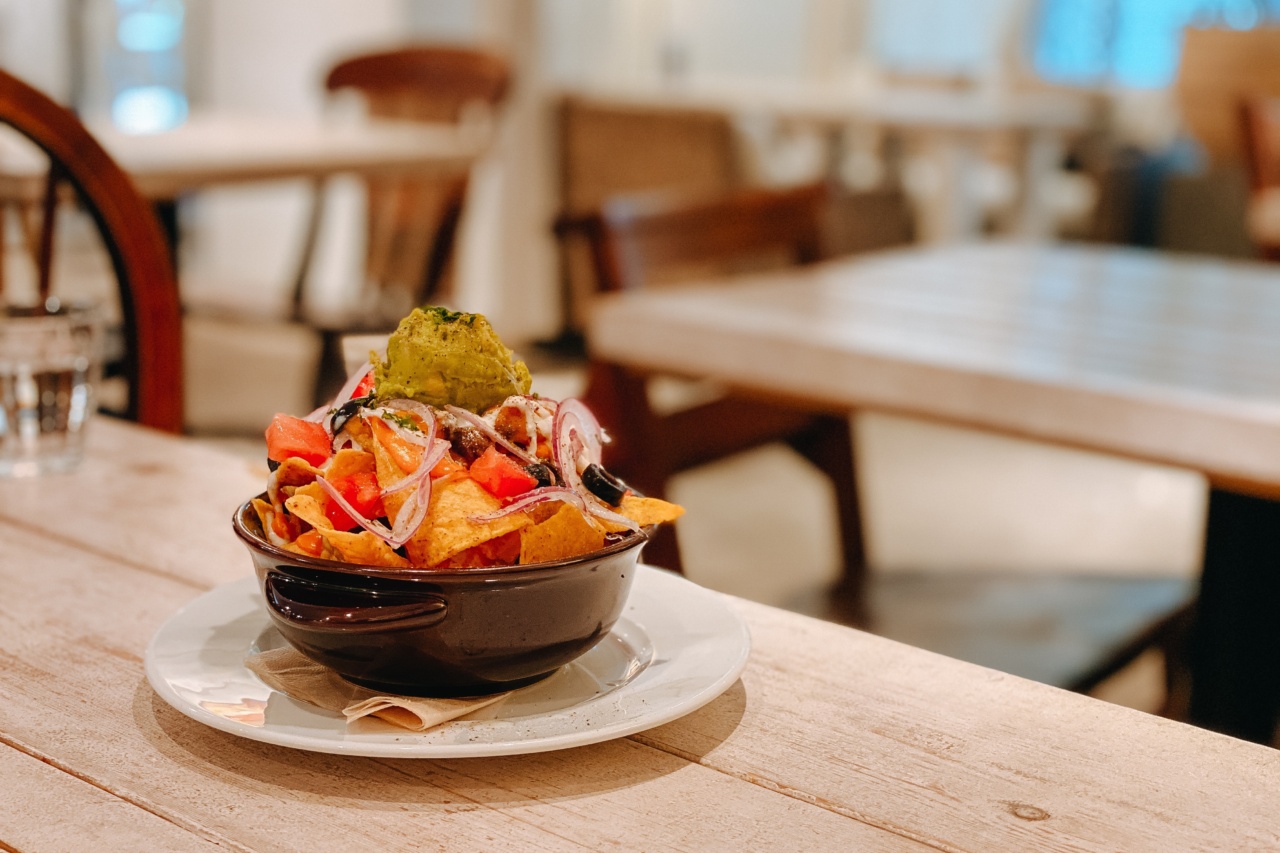Many of us cannot resist the temptation of salty foods yet overindulging could cause negative effects on our health. Salt contains sodium, which can increase the risk of high blood pressure, heart disease, stroke, and kidney disease.
Fortunately, there are healthy alternatives to those salty treats that can satisfy your cravings without the risk to your health. Here are some alternative flavorings that you can try to add zing to your meals.
Herbs and Spices
Add some excitement to your meals with herbs and spices that contain little to no sodium. Some examples of herbs and spices that you can use are basil, rosemary, thyme, garlic, ginger, turmeric, and cinnamon.
Not only do they add flavor, but some of these herbs and spices also have health benefits. Turmeric for instance is a powerful antioxidant and anti-inflammatory agent and cinnamon can help regulate blood sugar.
Acidic Components
Instead of adding salt, you can use acidic components to brighten up your meals. Acidic choices to try include vinegar, lemon juice or lime juice.
The acidity can help add a burst of flavor to your meals, but be sure to use them in moderation because too much acid can make your dish too sour. You can add these ingredients to your salad dressings, marinades or sauces to give flavor to your meal.
Veggies and Fruits
Add more veggies and fruits to your diet, not only to reduce salt intake but also to maintain a healthy body. Many colorful fruits and vegetables are rich in vitamins, minerals, and antioxidants that help keep our bodies healthy.
Incorporating more of these into our meals can also help reduce our cravings for salty foods. Some examples of low-sodium veggies include broccoli, spinach, sweet potatoes, carrots, and tomatoes. Fruits such as berries, oranges, and grapes can satisfy your sweet cravings without the added salt.
Low-Sodium Broth
Upgrade your meals with low-sodium broth in place of salt. Vegetable, chicken, and beef broth can help add depth to soups, stews or any dishes that typically require salt.
It’s important to look for low-sodium options, as some broths use high amounts of salt. When making your own broth, you can also control the amount of salt in the recipe.
Nuts and Seeds
You can munch on nuts and seeds as a healthy alternative to salty chips. They are high in protein and healthy fats that can help you feel full. Try different types of roasted nuts and seeds such as almonds, cashews, pumpkin seeds, or sunflower seeds.
But caution, make sure you watch your portion sizes. Although healthy, nuts and seeds are high in calories so a handful or two is enough.
Seaweed
If you’re a lover of sushi, then you might want to try seaweed as an alternative to salt. Seaweed is high in vitamins and minerals, especially iodine that helps regulate thyroid function.
Studies have shown that incorporating seaweed in the diet can help reduce sodium intake. You can add seaweed to soups or use it as wrappers for sushi rolls.
Low-Sodium Cheese
If you’re a cheese lover and can’t live without it, then you might want to look for low-sodium cheese. Cheese can be high in sodium, but some cheese brands offer low-sodium options.
You can try different types such as cheddar, mozzarella, or feta to add more flavor to your meals. Be sure to read the nutritional label to know how much sodium is in each serving.
Homemade Condiments
Store-bought condiments are typically high in sodium, sugar, and unhealthy fats. You can make your own healthier version of homemade condiments. You can control the ingredients and the amount of salt used to make sure it is not too salty.
You can try making your own ketchup, mustard, or mayonnaise with simple ingredients such as tomatoes, mustard seeds, or olive oil.
Conclusion
Reducing salt intake can be challenging, especially if you’re used to salty foods. But with the help of healthier alternatives, you can gradually reduce your salt intake without sacrificing taste.
Incorporating more fruits, veggies, herbs, and spices in your diet can not only reduce sodium intake but can also provide many health benefits. Always check nutritional labels when purchasing foods, and try making your own healthier versions of your favorite condiments. Your taste buds and health will thank you for it.





























